
Lorie Company - silver in the Art Nouveau style
The Lorie Company stands alongside the leading jewelry factories that operated at the turn of the twentieth century. Despite being based in Moscow, the exceptional jeweler's workshop had the entire imperial family and Russian nobility among its clients. Their products were characterized by a distinct style that incorporated elements from multiple artistic movements. The Fyodor Lorie Company created items with highly unusual shapes, ornaments, and images.
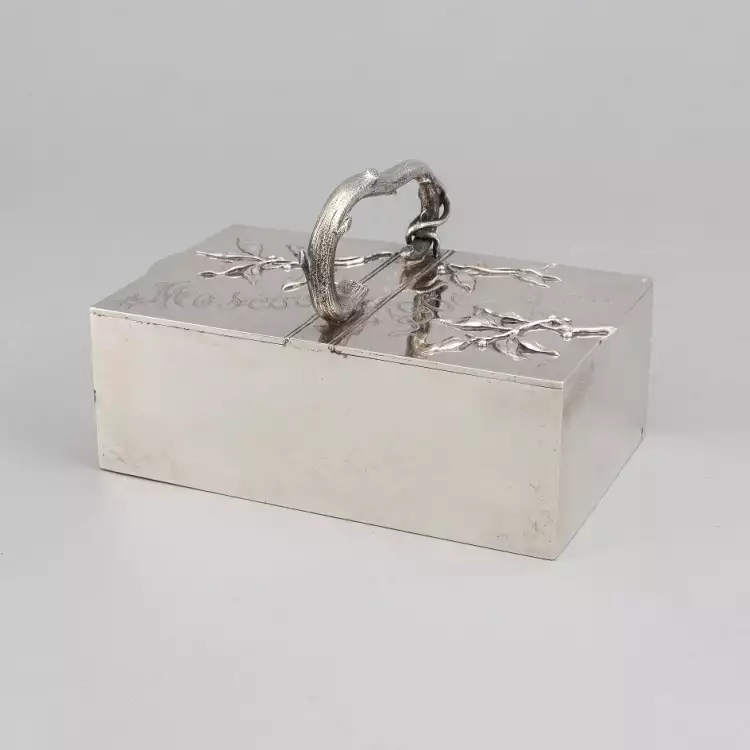 Lorie Company. Silver mail box, late 19th century
Lorie Company. Silver mail box, late 19th century
The History of the Lorie Factory
The Lorie Company is counted among the outstanding producers of jewelry items that reached their peak in the second half of the 19th century. For the preceding century, silversmithing was in the hands of private jewelers who worked on individual pieces. However, industrial progress and high demand contributed to the rapid development of the art of jewelry making. The Moscow school of silversmiths incorporated the experience of previous generations of masters, and new technological methods for metalworking allowed jewelers to achieve an extraordinarily high level of artistic expression.
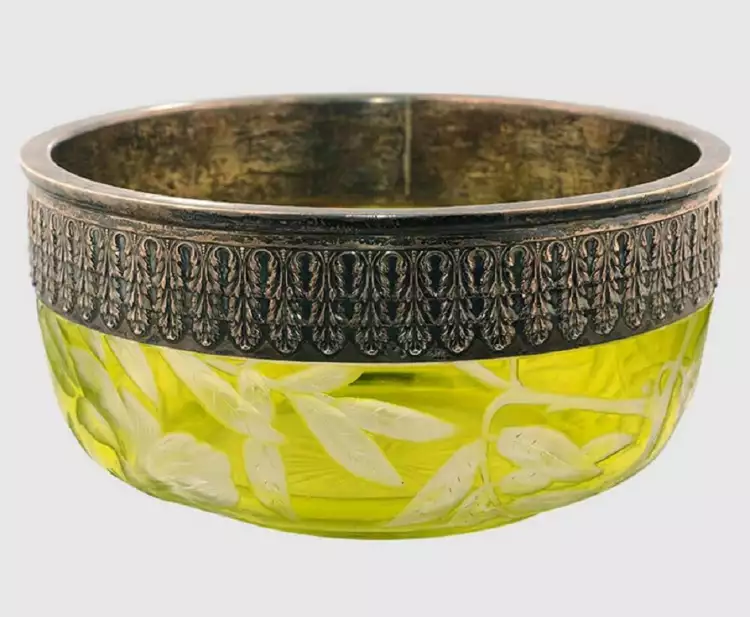 Lorie Company. A vase of coloured crystal in a silver frame, late 19th century
Lorie Company. A vase of coloured crystal in a silver frame, late 19th century
The history of the Lorie Company dates back to 1871. The factory was founded by a representative of the older generation of the Lorie family, Anton-Azhil Lorie. In the early years, it was a small workshop that produced silver tableware and interior items. In 1885, the company opened its own shop, which was located in the same building as the Fabergé store. After the founder's death in 1889, the business passed into the hands of his son, Fyodor Antonovich, who expanded it significantly.
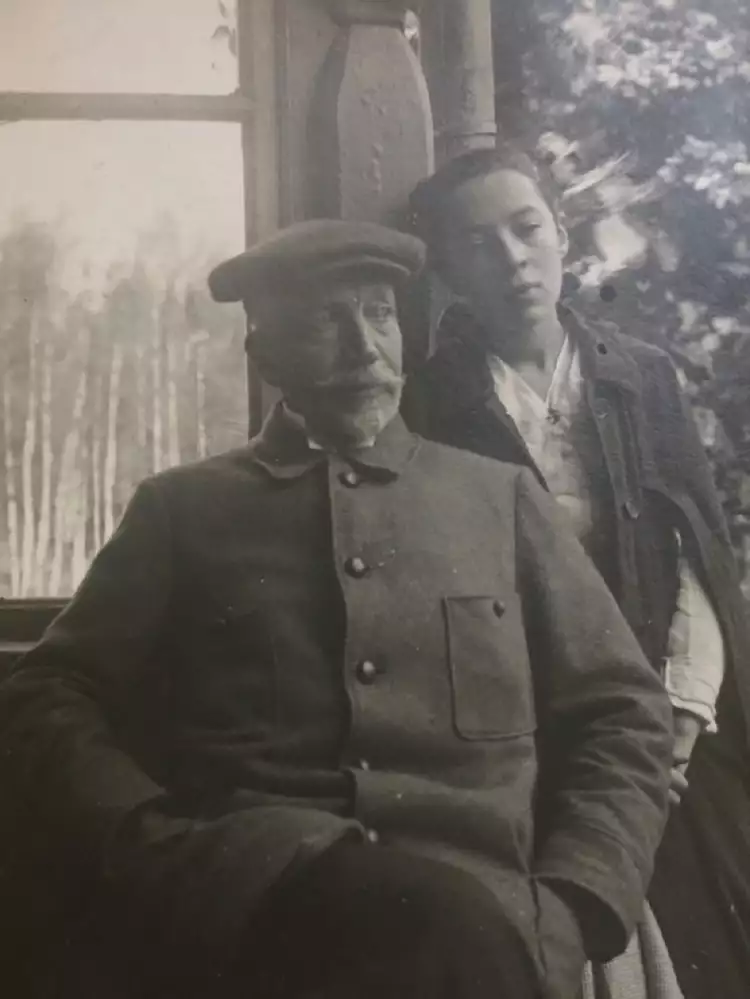 Lorie Company. Fyodor Antonovich Lorie with his youngest daughter Maria in Nemchinovka, 1918
Lorie Company. Fyodor Antonovich Lorie with his youngest daughter Maria in Nemchinovka, 1918
In the early days of the company's existence, there were only seven craftsmen and one employee responsible for receiving visitors at the production site. In 1912, Lorie, together with his partners Alexey Lemkul and Yulius Gverrieri, established the trading house "F. A. Lorie," where sixteen employees worked. By that time, the factory's staff had grown to more than a hundred people, including jewelers, apprentices, and artists. The annual turnover amounted to 25,000 rubles, indicating a strong demand for their products.
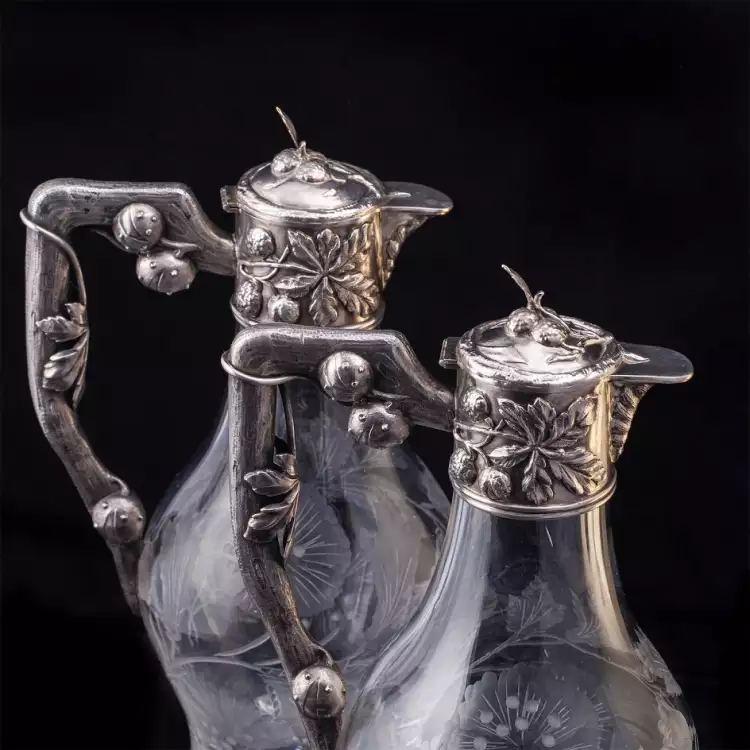 Lorie Company. Set of jugs, early 20th century
Lorie Company. Set of jugs, early 20th century
The company received the honorary status of a supplier to the imperial court, and in 1904, it won a silver medal at an international exhibition held under the patronage of Grand Duchess Elizabeth, the wife of Nicholas I's grandson, Konstantin Romanov. It can be assumed that the partners who also worked for Fabergé actively contributed to Lorie's affairs and facilitated obtaining high-level orders.
By 1914, the company had reached its zenith. During this period, the factory moved to a new building designed by the renowned Moscow architect Fyodor Ganeshin. Two years later, Fyodor Lorie sold the business to industrialist Alexey Sokolov, but immediately after the revolution, the workshops closed. The ornate red-brick building still exists to this day, with the jeweler's emblem on the maiolica panels replaced by the Lukoil logo.
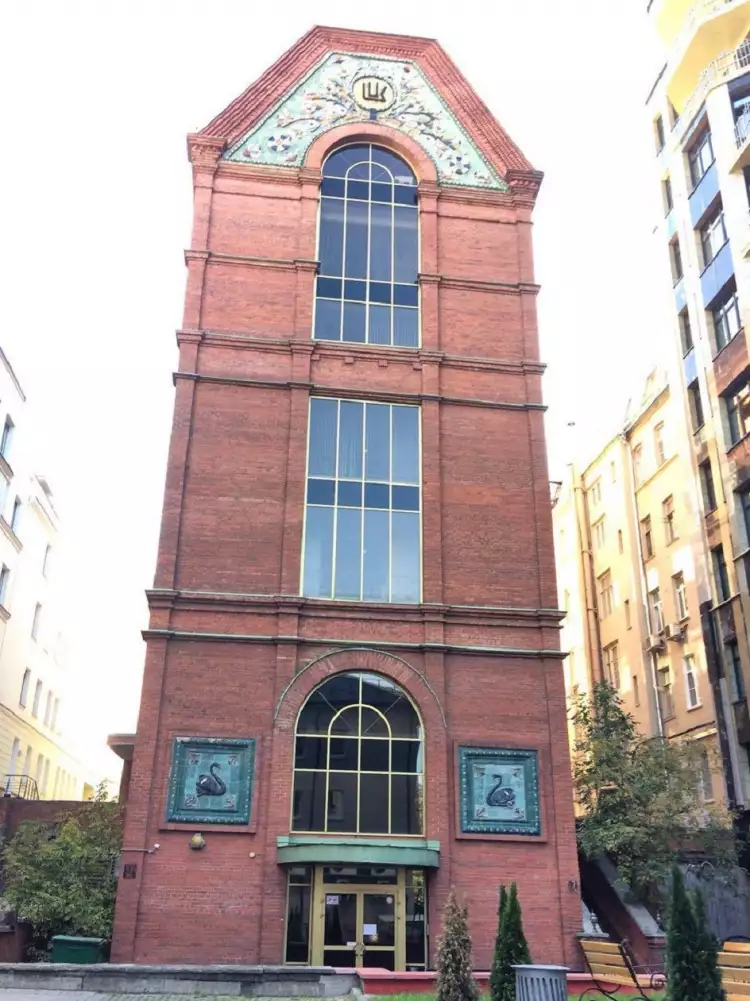 Lorie Company. Building of the former factory, 21st century
Lorie Company. Building of the former factory, 21st century
The Silverware of the Fyodor Lorie Factory
The primary stylistic direction in the company's work was Art Nouveau. The products featured characteristic images, themes, and motifs of the style. The Lorie factory's range included:
- Tableware and cutlery.
- Accessories.
- Frames for crystal vases.
- Boxes and writing accessories.
- Medallions and tokens.
- Jewelry.
The masters excelled in the techniques of casting and minting combined with stamped patterns. Semi-transparent enamel was often used in the finishing.
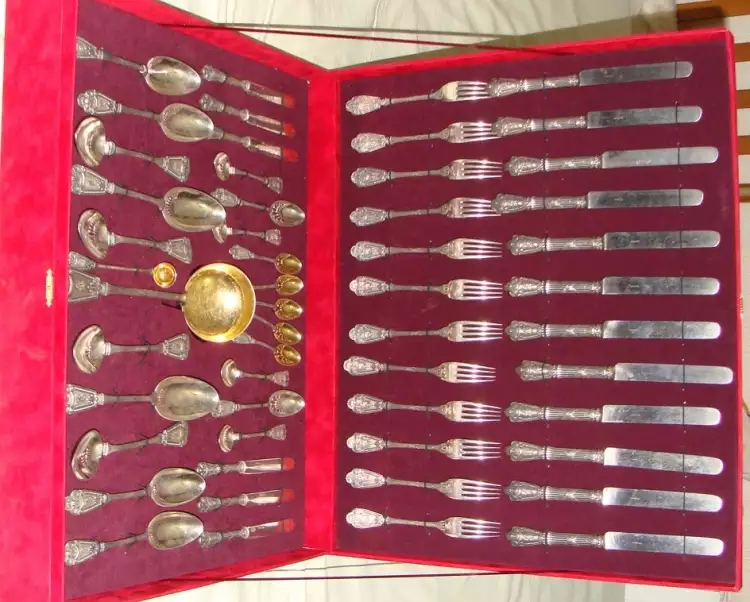 Lorie Company. Set of silver cutlery, late 19th century
Lorie Company. Set of silver cutlery, late 19th century
In creating designs, the artists of the company employed the full range of Art Nouveau stylistic elements. The decoration of objects almost lacked sharp angles, and graphic solutions were based on the fluidity of curved lines and botanical motifs. Animal figurines were executed with naturalistic precision, and depictions of mermaids were given a flat interpretation. Ancient Egyptian patterns were often found in the ornaments. The decorative effect was achieved by combining materials with different textures, with silver and crystal being the most commonly used combination.
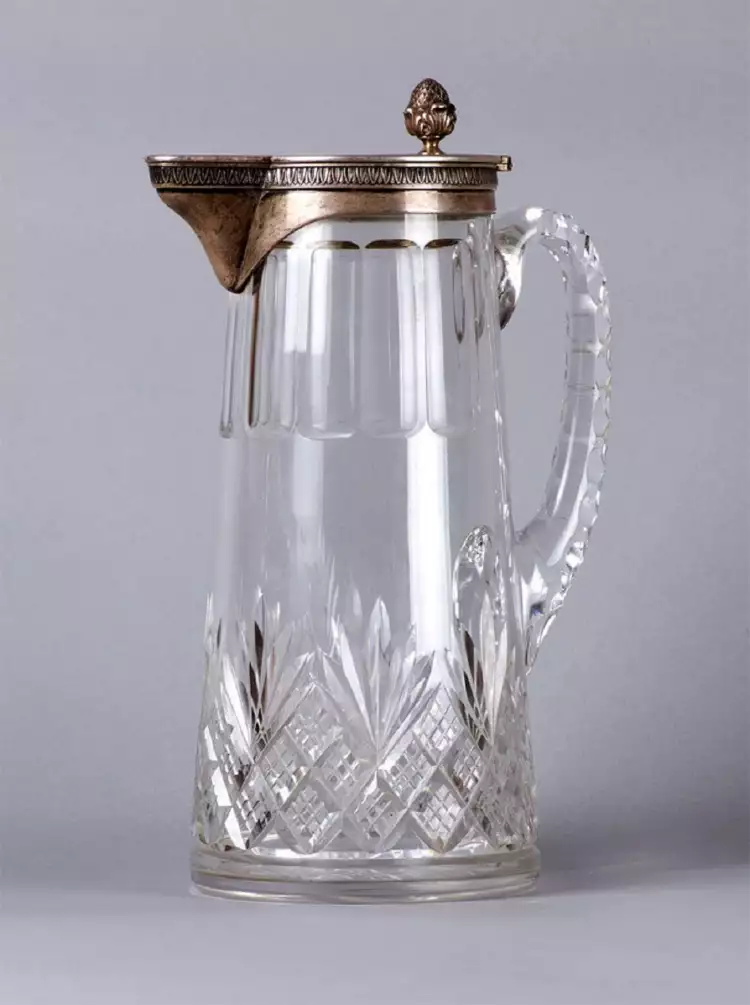 Lorie Company. Crystal jug with silver lid, late 19th century
Lorie Company. Crystal jug with silver lid, late 19th century
In the design of items in the neoclassical style, the strong influence of Art Nouveau is noticeable. The symmetrical, strict decor contrasts with the smooth lines typical of the International Modern style. Although the Lorie masters did not work in the neo-Russian direction, sometimes echoes of national traditions could be seen in the patterns. In clearly defined neoclassicism, jewelers mainly created tableware and decorated antiques with patterns for glass holders, coffee and tea sets.
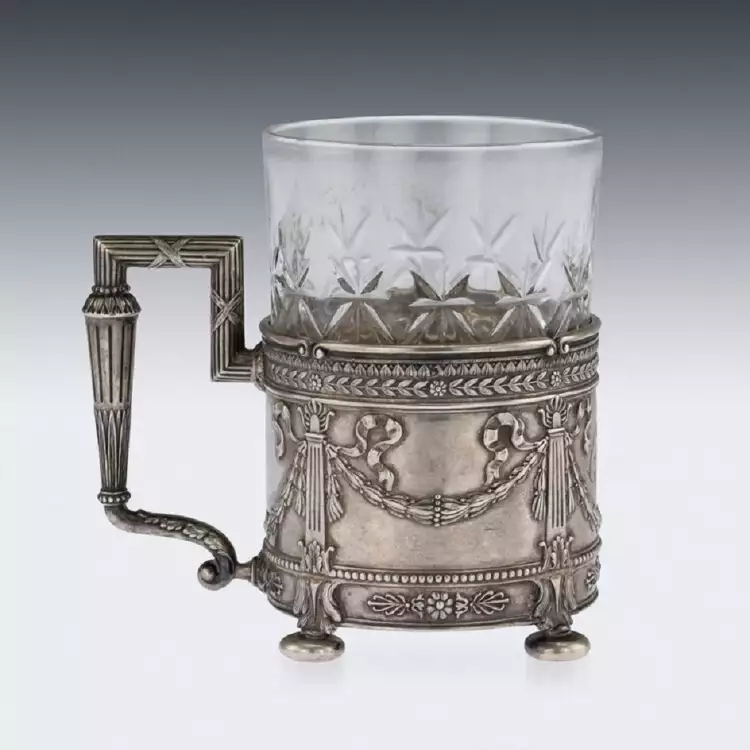 Lorie Company. Silver cup holder, late 19th century
Lorie Company. Silver cup holder, late 19th century
A distinctive feature of Art Nouveau was the decoration of decorative and applied art objects with semi-precious stones. At the Lorie factory, lapis lazuli, topaz, and chalcedony were often used as elements of compositions to adorn vases, bowls, and cigarette cases. The finishing became a kind of "business card" for the company, as at that time, in the jewelry industry, semi-precious stones were rare. It was believed that under bright electric light, they lost their beauty.
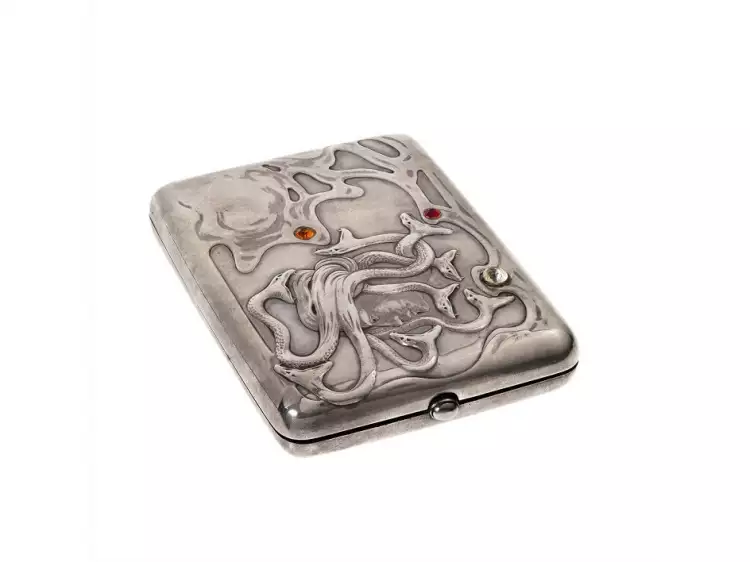 Lorie Company. Silver cigarette case, early 20th century
Lorie Company. Silver cigarette case, early 20th century
Most of the surviving items were created by Yegor Cheryatov, who had his own workshop and carried out many orders for Lorie. Typically, the master worked on pieces of great artistic value. Such items were marked with double hallmarks - those of the company and the jeweler who worked on the order. Precious creations by Lorie are highly valued at international antique auctions, and most of them are currently kept in museums and private collections.

 Ceramics as Fine Art: The Evolution from Craft to High Culture
Ceramics as Fine Art: The Evolution from Craft to High Culture  Top 10 Most Iconic Sculptors in the World
Top 10 Most Iconic Sculptors in the World 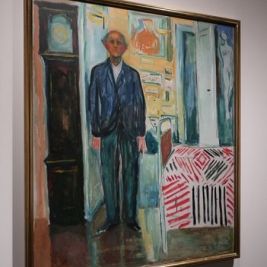 The most famous expressionist artists
The most famous expressionist artists 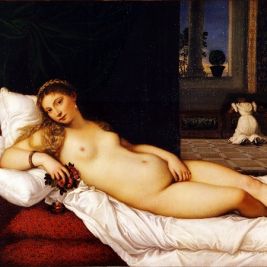 Genre of Nude in Painting: Evolution and Historical Trends of the Nude Style
Genre of Nude in Painting: Evolution and Historical Trends of the Nude Style  Claude Monet: biography, artwork, best paintings of the French Impressionist artist
Claude Monet: biography, artwork, best paintings of the French Impressionist artist 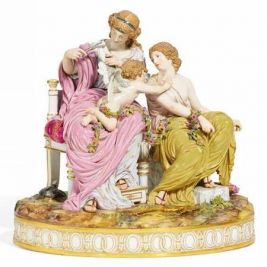 Meissen Porcelain: The History of the Manufactory
Meissen Porcelain: The History of the Manufactory 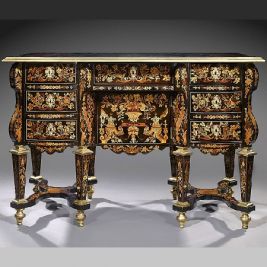 Marquetry is the elegant ancient art of inlaying veneer
Marquetry is the elegant ancient art of inlaying veneer 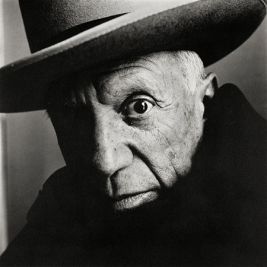 The top 10 most famous photographers in the world - the best photo artists of all time
The top 10 most famous photographers in the world - the best photo artists of all time  Mosaic - the art of creating a complete picture from many small individual pieces
Mosaic - the art of creating a complete picture from many small individual pieces  Silver - a noble metal
Silver - a noble metal